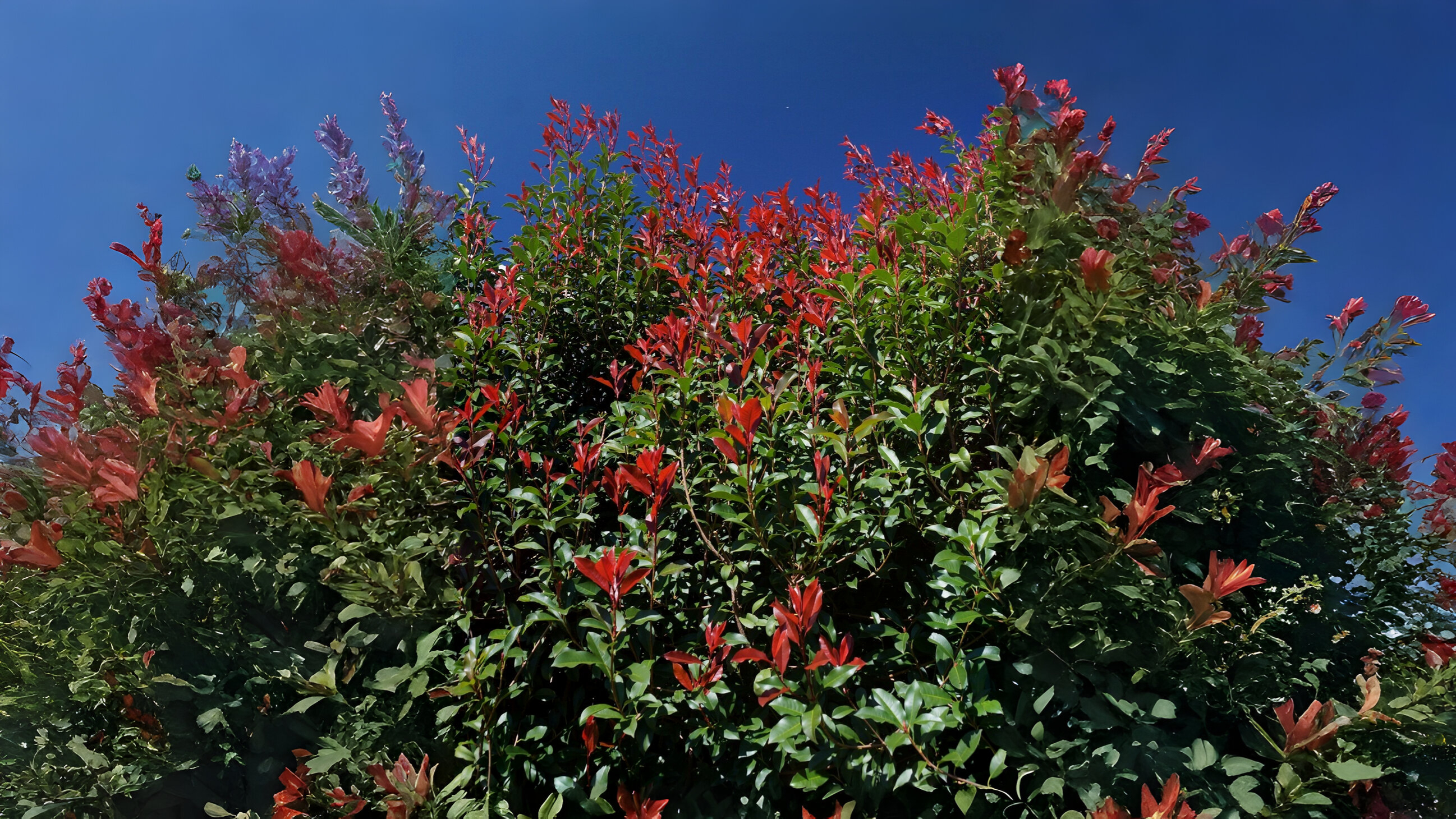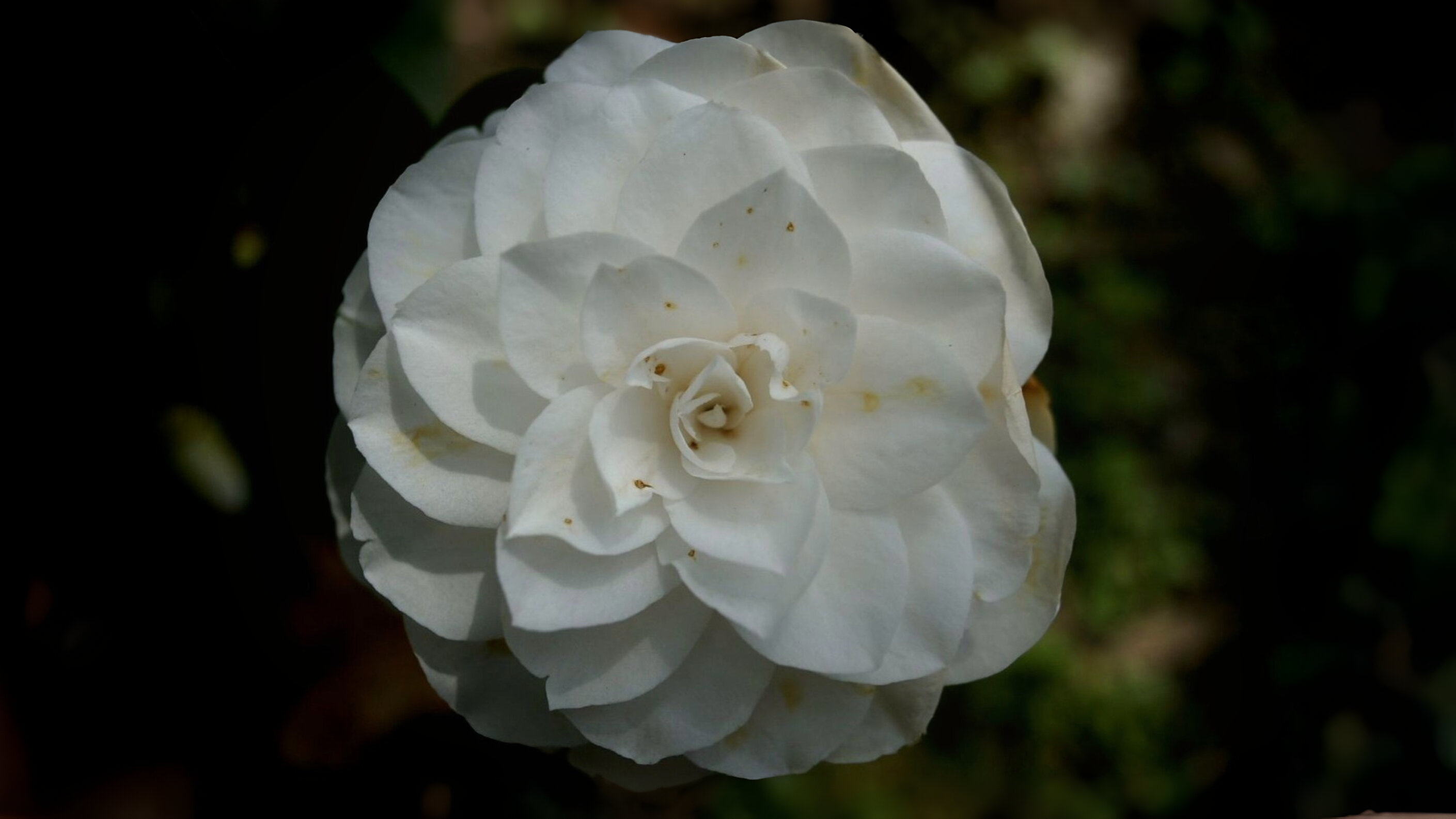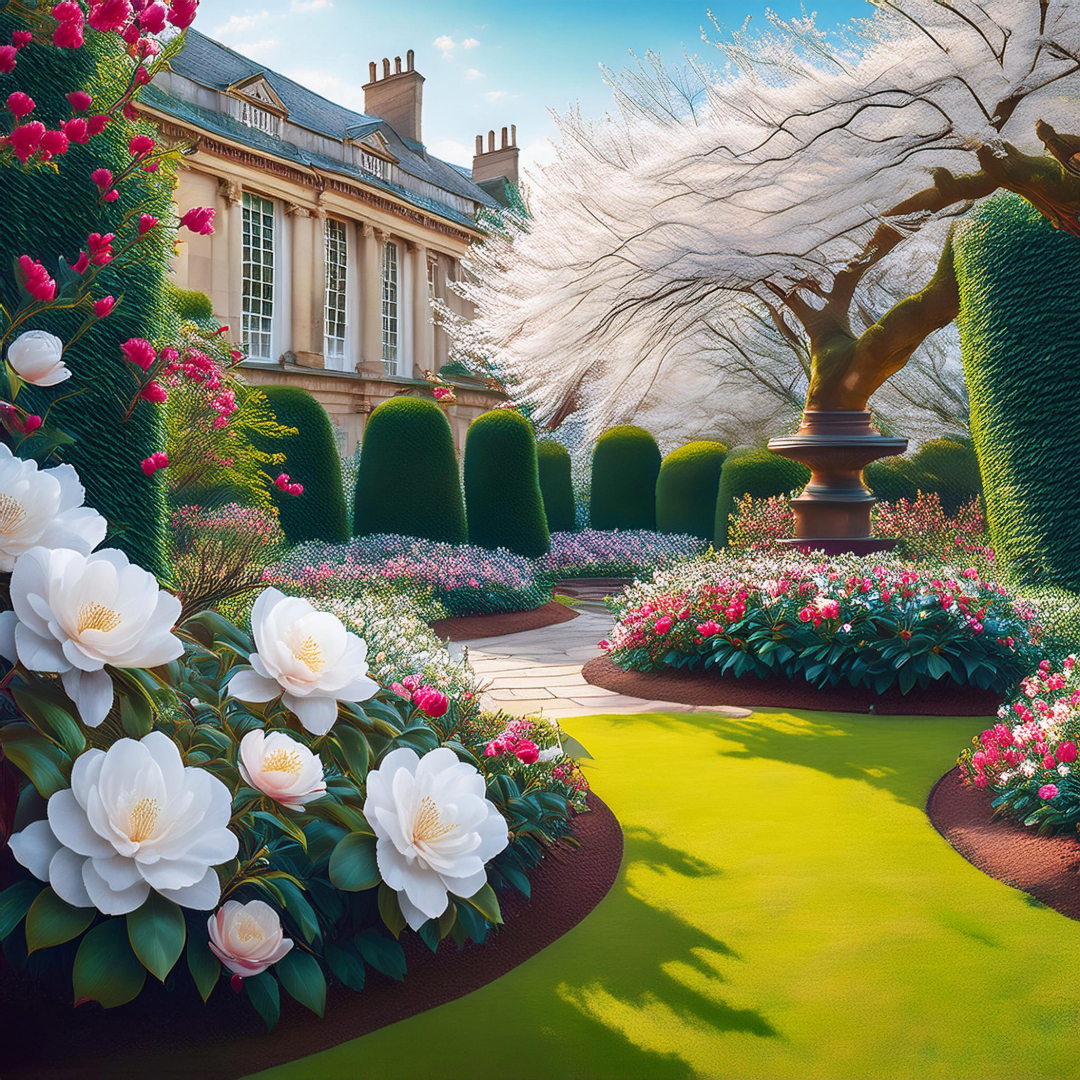
March brings a burst of life to London’s gardens, with shrubs like blackthorn, camellias, and snowy mespils stealing the show. From the snow-white blossoms of blackthorn to the vibrant vermillion flowers of Berberis darwinii, these plants transform the city into a floral haven. Discover the stories behind these botanical gems, from their historical uses to their modern-day beauty. Join us on 27 March to explore the rich diversity of London’s flowering shrubs and the secrets they hold. Don’t miss this celebration of spring’s garden treasures!
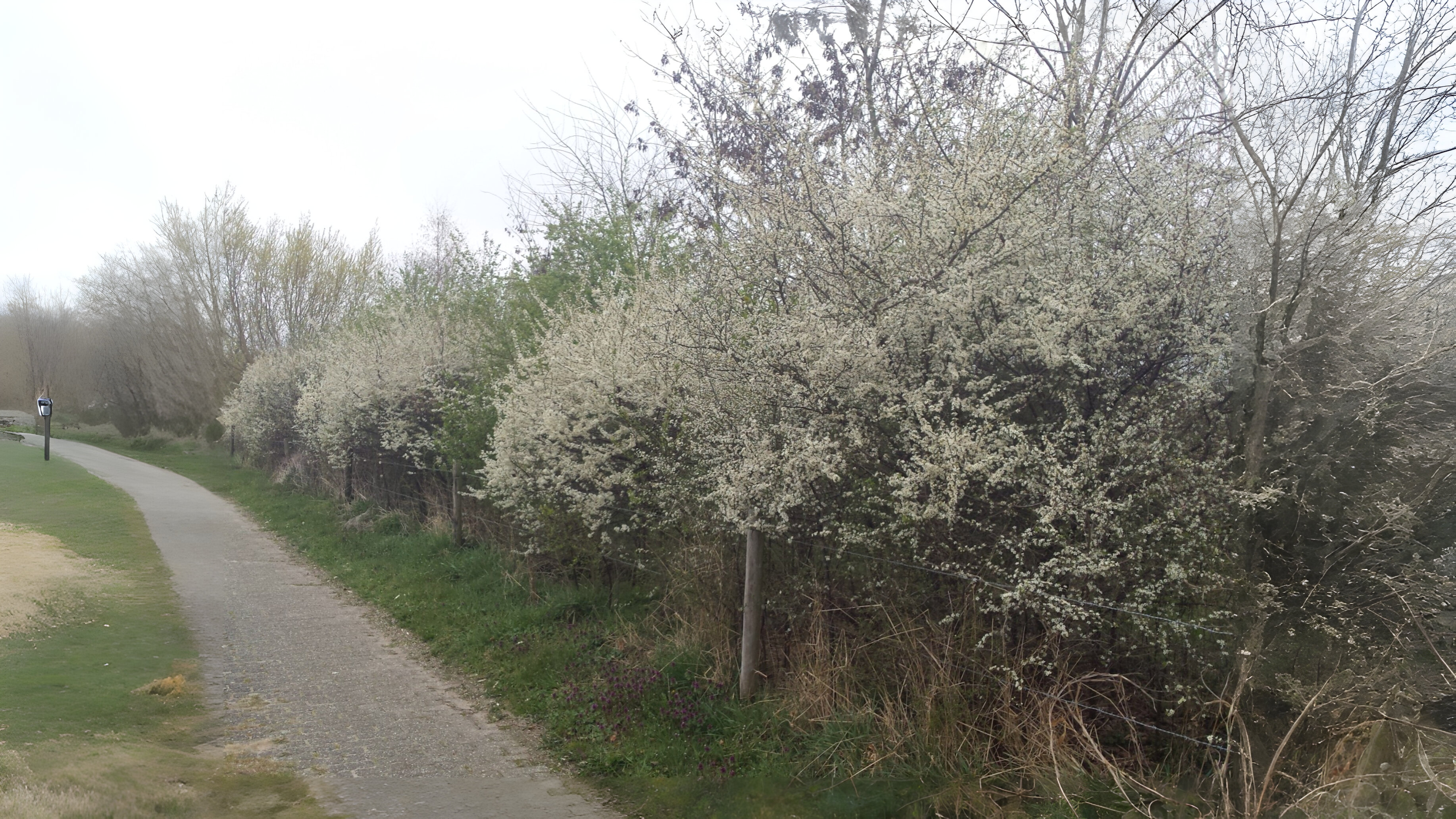

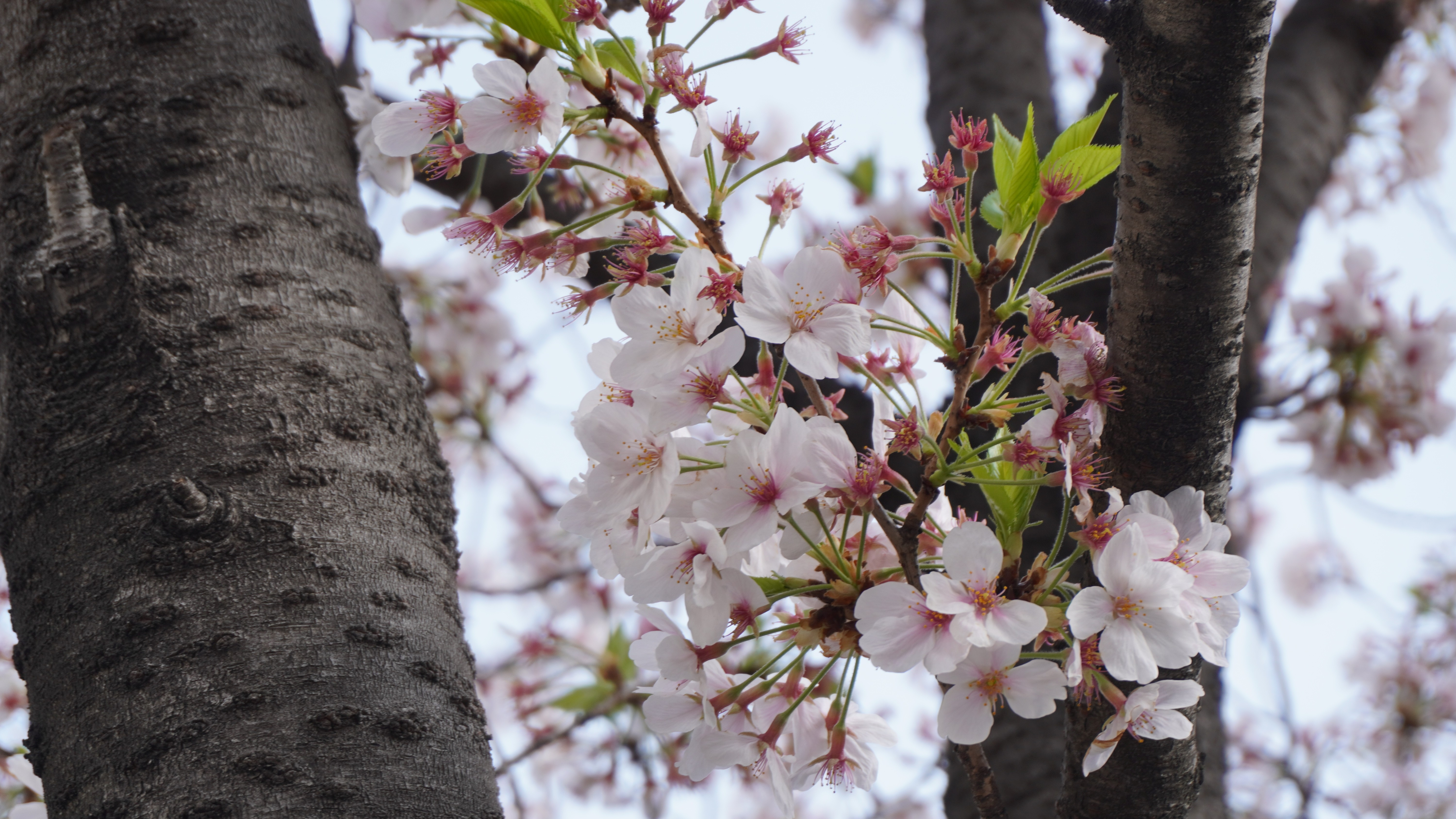

Looking for flowering shrubs in gardens provides much richer pickings as they have been collected from all over the globe the provide some interest now. From last month there will still be various forms of Viburnum, Chaenomeles, Kerria, Daphne, Lonicera, Ribes and Forsythia. This month, although the date of first flowering varies, they will be joined by Spiraea, Pieris, Pittosporum, Buxus, Erica and Ceonothus. There is a good collection of the latter in the unlikely setting of Eccleston Square in Pimlico. Shrubs noticed more are the snowy mespil, Berberis darwinii, cherry laurel and, above all, camellias.
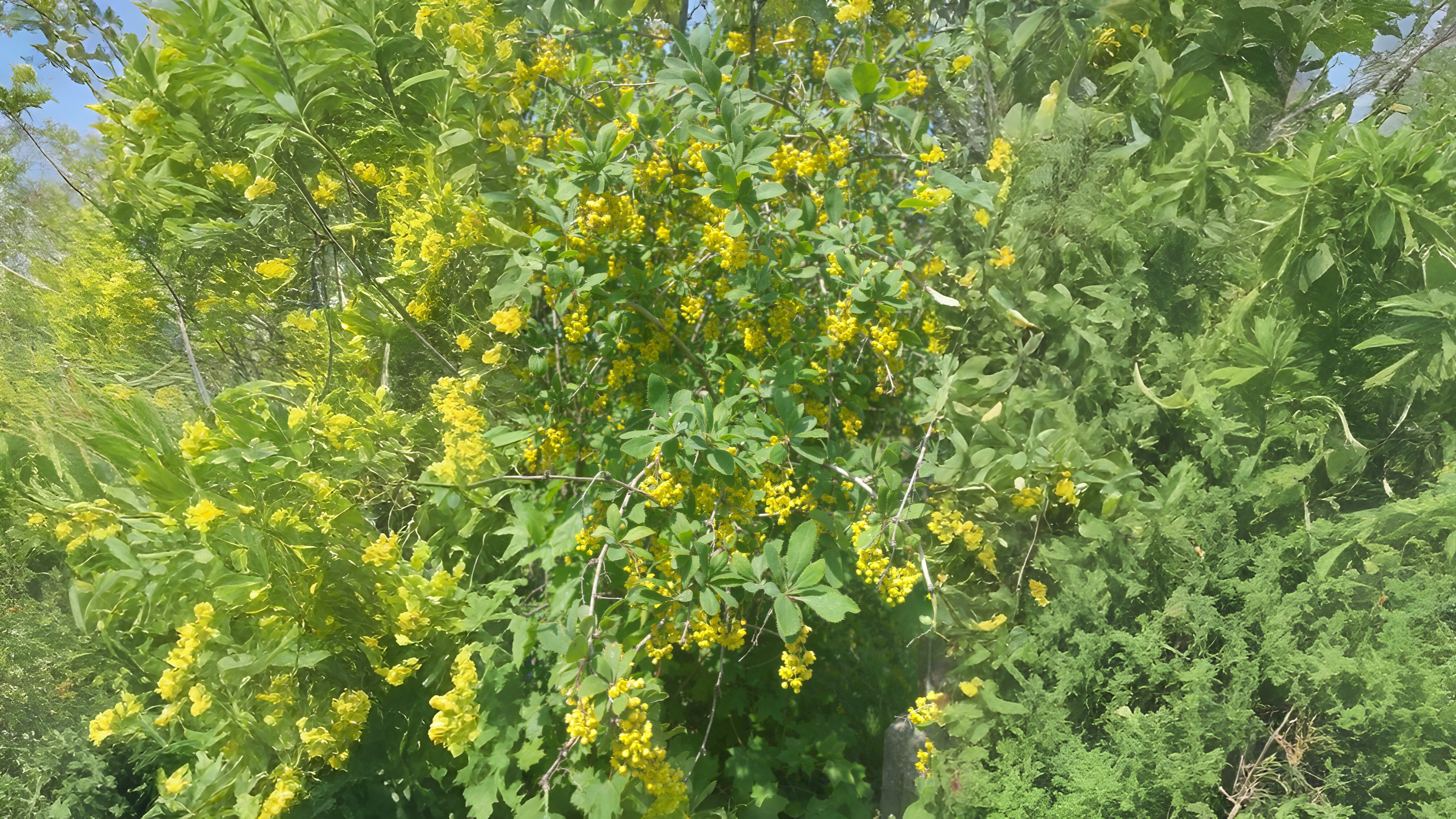

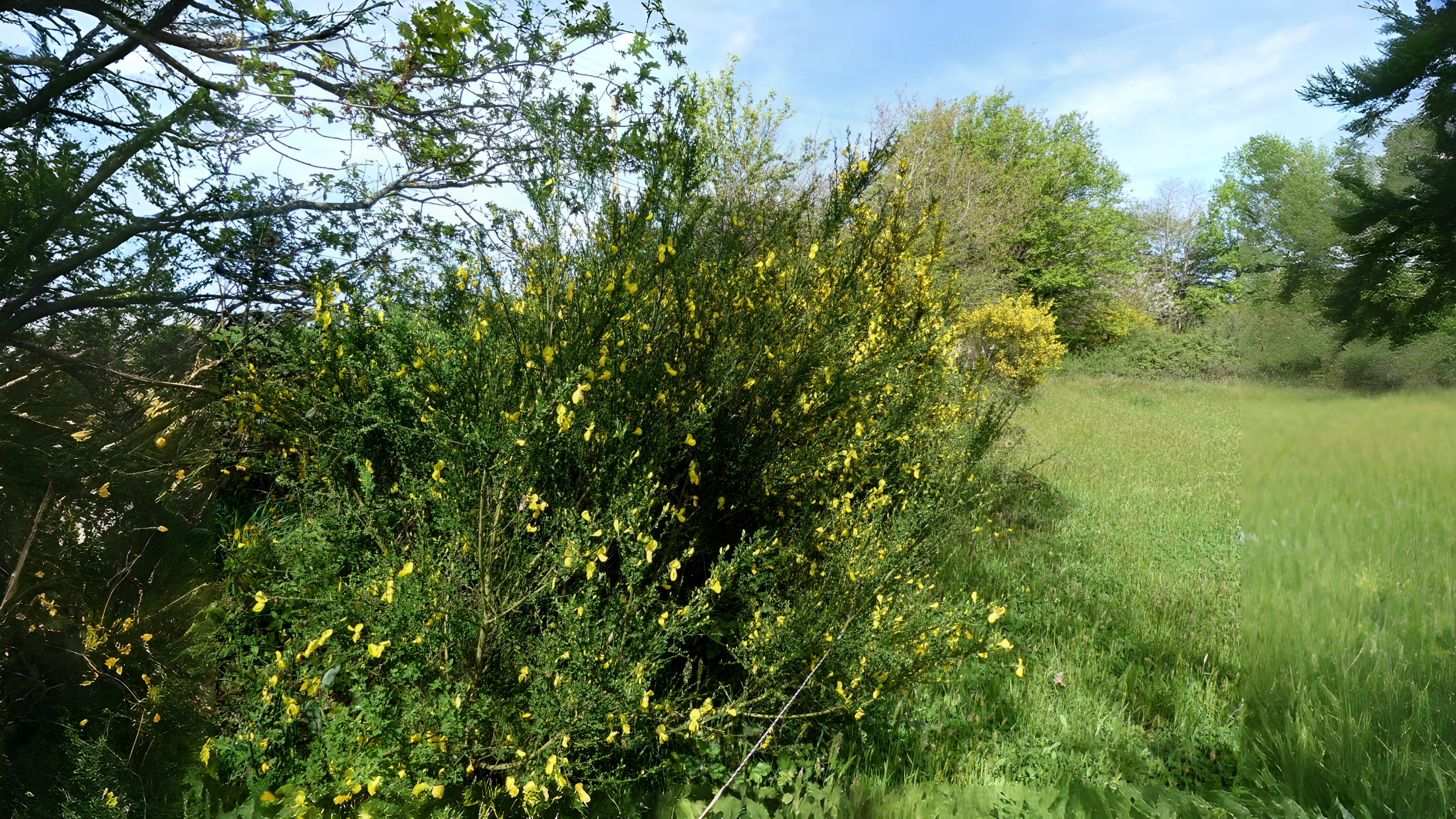

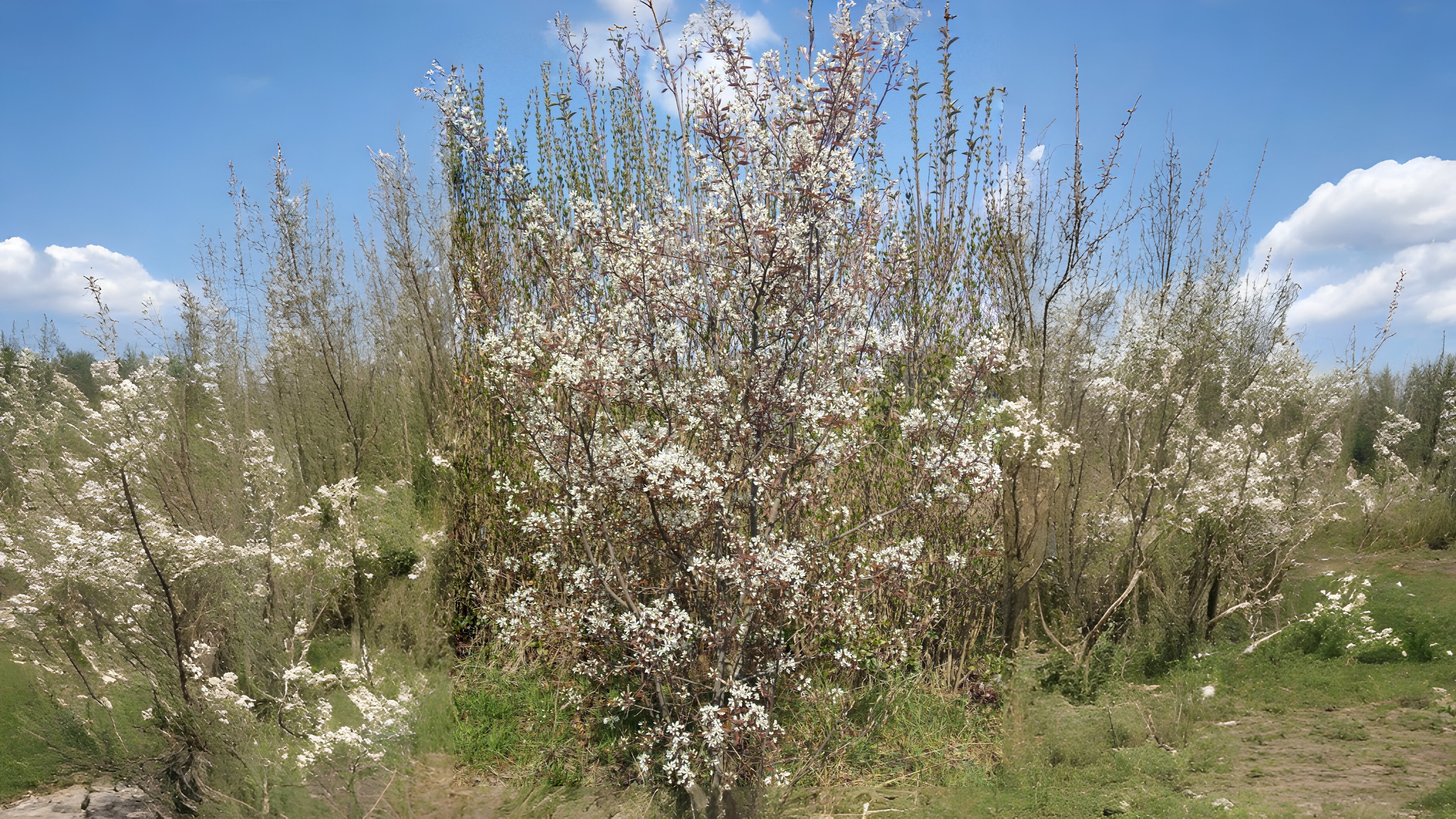

The stars of garden shrubs this month are of course the camellias. Some have been in flower since Christmas but this month there is a real show including the ever popular shocking pink Camellia x williamsii ‘Donation’. A wide range of other varieties can now be seen without the burnt petals so typical of the white winter camellias. There are small but interesting collections in both Chiswick park and Claremont Landscape park.
